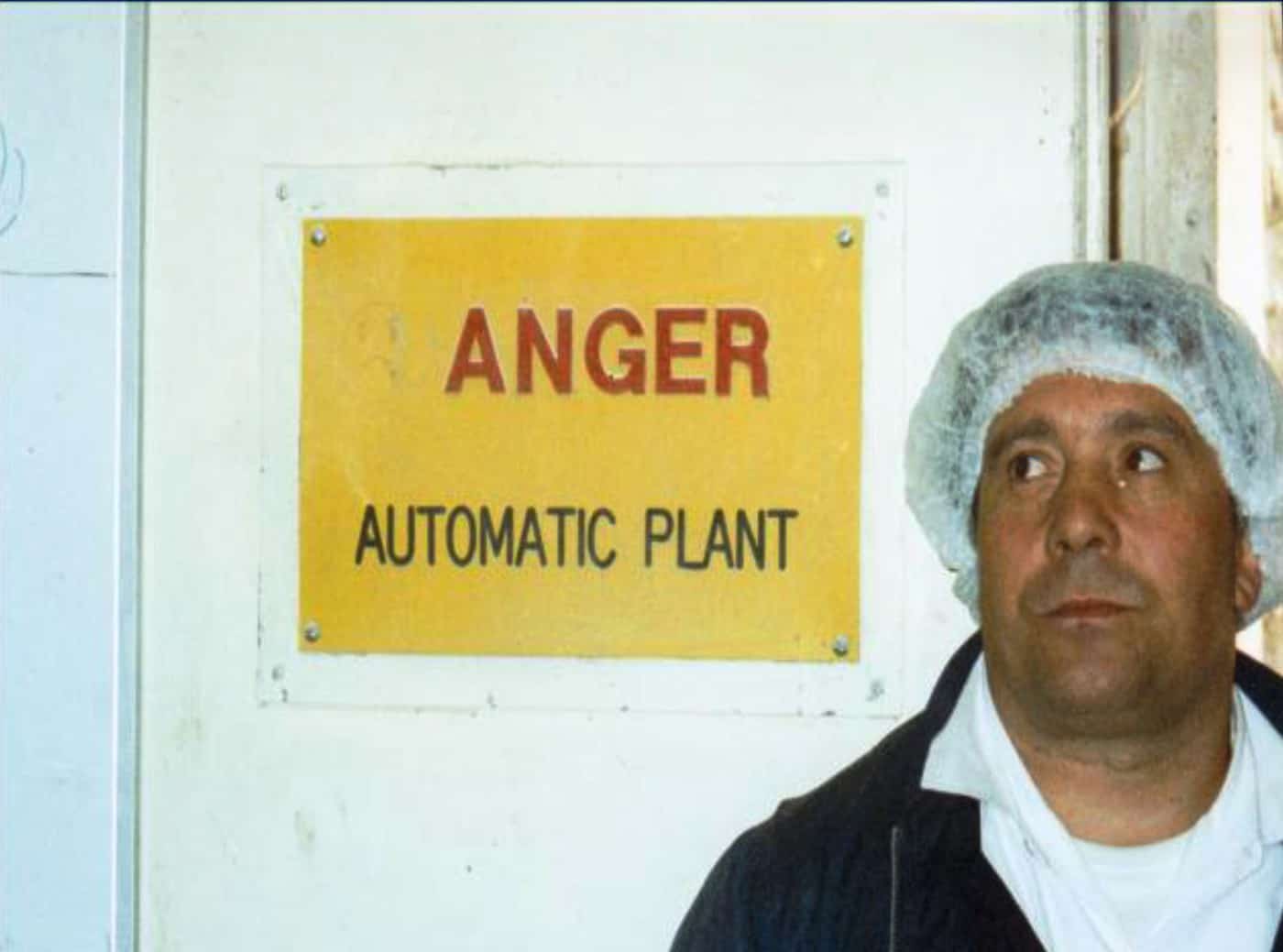 In 2012, the Victorian Government introduced a construction industry compliance code intended to control industrial relations in that industry sector. Significantly, this Code included specific work health and safety (WHS) obligations. On 6 December 2012. the New South Wales Government, led by the Liberal Premier Barry O’Farrell proposed a similar code with exactly the same WHS obligations.
In 2012, the Victorian Government introduced a construction industry compliance code intended to control industrial relations in that industry sector. Significantly, this Code included specific work health and safety (WHS) obligations. On 6 December 2012. the New South Wales Government, led by the Liberal Premier Barry O’Farrell proposed a similar code with exactly the same WHS obligations.
In Premier O’Farrell’s media release, the Minister for Industrial Relations Mike Baird made no mention of the WHS obligations. The statement focuses on containing wages, controlling potential cost blowouts on infrastructure projects and, without mention it by name, productivity. Minister Baird missed a golden opportunity to argue both the economic and moral positions; an opportunity that was not missed by the Victorian Minister for Finance Robert Clark when he announced his State’s construction compliance code in July 2012. Continue reading “NSW follows Victoria’s lead on construction industry safety code”

 The short morning break. You hurry, you panic, get a quick hot drink, a cigarette, quickly back into it. Hour after hour after hour “for the last 20 years” she said. From 5 am when she gets up to do things before rushing to work to start at 7 am. Rush back home at 3 pm to pick up ‘the youngan-whydidIdoit’ as she said of her late in life baby. She looked about 40.
The short morning break. You hurry, you panic, get a quick hot drink, a cigarette, quickly back into it. Hour after hour after hour “for the last 20 years” she said. From 5 am when she gets up to do things before rushing to work to start at 7 am. Rush back home at 3 pm to pick up ‘the youngan-whydidIdoit’ as she said of her late in life baby. She looked about 40.